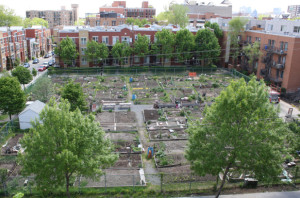par CLAUDE LAFLEUR, Le Devoir, 1 octobre 2011

Louise Vandelac, directrice de l’Institut des sciences de l’environnement
Photo: Annik MH De Carufel – Le Devoir
Source: www.ledevoir.com
En 1990, l’UQAM a créé l’Institut des sciences de l’environnement qui, à sa façon, prolonge la démarche de Pierre Dansereau. Or, rapporte Louise Vandelac, directrice de l’ISE, alors même qu’on célèbre les 100 ans du vénérable savant, cet institut est menacé de dissolution!
Pierre Dansereau a été très présent lors de la création de l’Institut des sciences de l’environnement, rapporte-t-elle. «Je dirais que son oeuvre et sa façon de penser les questions d’environnement orientent profondément tout le travail que nous faisons», affirme Mme Vandelac.
Depuis 21 ans, ce centre de formation, de recherche et de diffusion de la connaissance a formé plus de 1335 étudiants en maîtrise et au doctorat. «C’est un institut extrêmement dynamique dont la caractéristique même — ce qui nous rapproche de Pierre Dansereau et qui fait que nous sommes un peu ses enfants — c’est que celui-ci a toujours insisté sur la nécessité de décloisonner les connaissances, d’en faire la symbiose, de réconcilier les sciences naturelles et les sciences humaines», évoque la chercheure.

